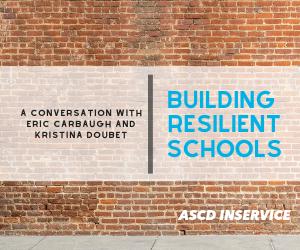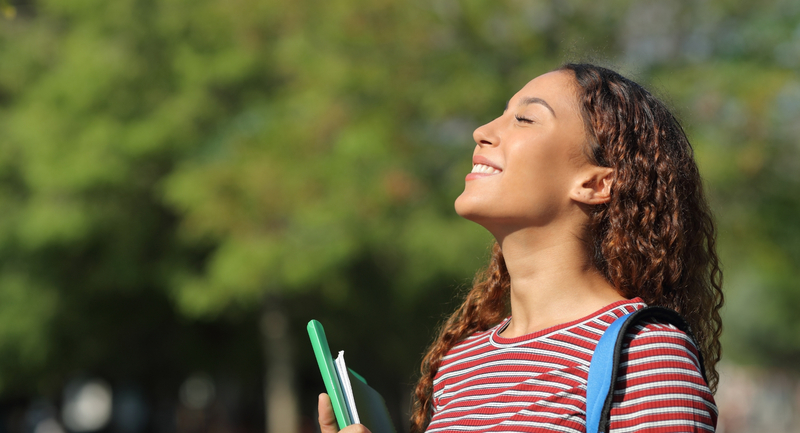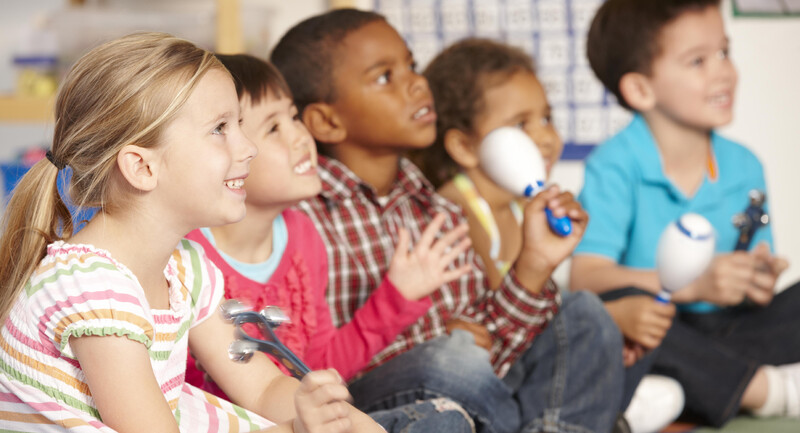Learning and teaching remotely has become the new norm for millions of teachers and students across the world. This has not been an easy transition for most educators, going from conventional classroom instruction to remote learning, all while balancing the social and emotional needs of students. Add the comparison trap of social media and teachers can easily feel inadequate as they attempt to maintain the same level of rigor as they were accustomed to in the classroom.
Abraham Maslow (1943) first introduced us to the concept of a hierarchy of needs in his paper “A Theory of Human Motivation.” This hierarchy can be applied to guiding student support and intervention during the Covid-19 crisis or future perils. Students are dealing with a variety of social-emotional issues related to the pandemic from a lack of basic resources in the home such as food, a deficit in coping skills, or even a lack of internet access.
The following visual provides a roadmap, a tiered system for all, who are suddenly faced with remote/online teaching and having to navigate the conditions of learning. As my staff at Swansboro High School in North Carolina has experienced over these last couple of months, students must acquire the basic needs at each level before functioning effectively at and throughout each stage.
Level 1: Teachers and administrators must ensure that students have access to basic human necessities such as food and a safe living environment. For many students, school is a safe place where they look forward to a free breakfast and lunch daily. Students will never move through tiers and find academic success if they are worried about food or are living in an unsafe environment. Understanding the availability of community resources is imperative. Swansboro High School serves as a food and nutrition hub for families to access meals within our region. Together with our feeder schools, we identify families who are without access to transportation. We work with our mayor and local churches to gather community volunteers to pick up meals and deliver them to 150 households daily. We also work closely with our local Backpack Buddies program to provide food bags to sustain students over the weekend.
Level 2: Social isolation is real. Add trauma and fear to the mix, and students can easily remain in level 2. More than ever, students need to feel emotionally connected to their teachers, classmates, and families. Students must feel appreciated and loved. Schools can help ensure student belonging by having teachers do individual phone check-ins or virtual chats with students or even sharing pictures on school social media accounts of themselves working remotely. At Swansboro, we hosted virtual Spirit Weeks and are utilizing our teacher assistants and support personnel to conduct 1:1 wellness calls.
Level 3: Feeling lonely, scared, and depressed is a reality for many of us. Soaring unemployment rates and inadequate access to support programs are expected to take a heavy toll. At Swansboro High School, we have already seen a rise in family suicides and incidents of violence against children. School-aged children have yet to develop a skill set for coping with emotions caused by a crisis of this magnitude. Providing opportunities for students to process their feelings is key to maintaining their mental health. Our high school’s Student Services Department is conducting virtual counseling sessions. In addition, teachers are using a “how are you?” confidential survey developed by one of our teachers to gauge students’ emotions. Questions include: How are you coping with being stuck at home? and What are your most common feelings? and How has your remote experience been?
Level 4: Levels four and five are not nearly as tricky as one through three. Students must have access to the internet, computers, books, and other needed learning materials. Teachers across our district have been preparing paper packets and social workers have coordinated free internet service and hotspots for families. Figuring out what resources are working and which ones are not requires 1:1 conversations with students and families.
Level 5: Congratulations, your student is feeling safe, has a fully belly, is connected, has a skillset to deal with her emotions, has access to resources, and is ready to learn at home for the final several weeks of the school year. Once she has arrived at this level, then teachers can confidently begin assigning grades and holding a student accountable for remote work.
Back to the Basics
Schools can utilize the hierarchy lens to navigate barriers to student learning and wellness during—and after—the pandemic. Ensuring students first have access to physiological and safety needs will lead to opportunities to feel connected and loved by teachers and classmates. Once those basic needs are established, teachers can work with students to develop coping skills and to provide adequate access to learning materials. Now that the basics have been met, we are ready to learn and grow.








